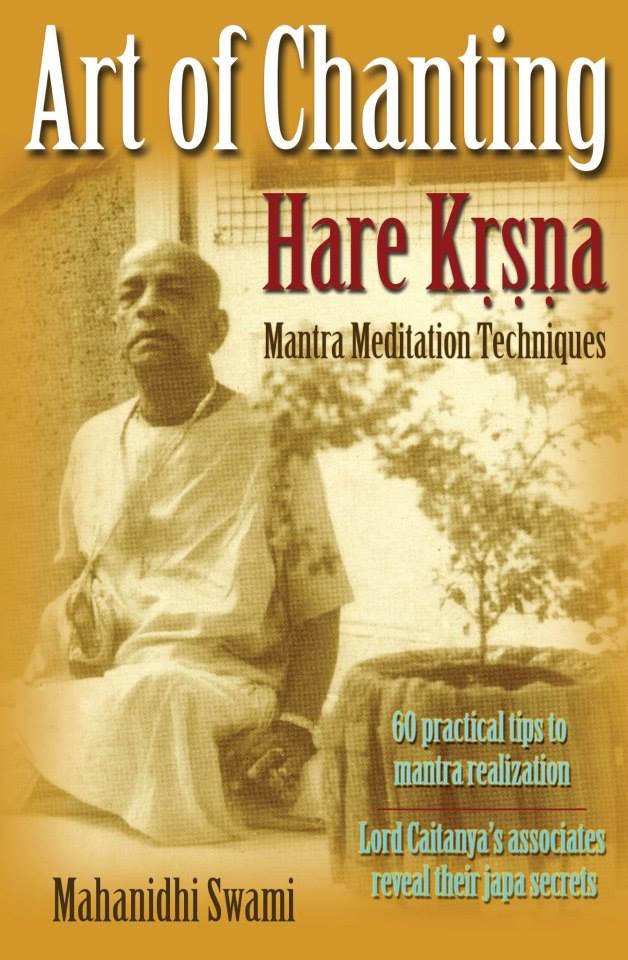Mahanidhi Madan Gopal Das
“The Vedic scriptures called Agamas say that it is proper to meditate on Sri Krishna’s pastimes which happened in the past because they are all eternal.” (Sri Jiva Goswamipada/ Krishna Sandarbha tika to Srimad Bhagavatam 8.3.8-9)
Once the mind and citta become purified by offenseless nama japa, one can have the ultimate japa experience of lovingly and attentively chanting Hare Krishna nama japa while diving deep into the ocean of Radha Govinda Yugala’s eight-fold daily pastimes, i.e. asta-kaliya lila smarana.
50 YEARS AGO! Srila Prabhupada himself said THIS IS THE GOAL of chanting Hare Krishna japa.
Japa/Lila Combination
In December 4,1968, Srila Prabhupada wrote to his disciple Sivananda das:
“Regarding your first question, is it offensive to think of Krishna’s Pastimes while chanting?
“You should know that it is not offensive, but rather it is required. One must try for the point when one simply hears Krishna’s name, and immediately all of Krishna—His Pastimes, His Form, and His Qualities are in his thoughts. To always be immersed in thoughts of Krishna is our process.”
However, if the mind, or antah karana, is not pure it will be difficult to meditate on Krishna lila along with nama japa. In that case, one can practice meditation on the 19 marks on Radha-Krishna’s lotus feet.
When one is proficient in this along with japa chanting, one can expand to meditating upon Radha-Krishna’s delightfully pleasing transcendental forms while doing nama japa.
Our book Art of Chanting Hare Krishna gives detailed instructions how to meditate upon Radha-Krishna’s lotus feet and the meanings of each mark on them.
In the following entry, Srila Prabhupada encourages meditation on Krishna’s murti form. From here one can expand to combine japa and form meditation to attain a wonderfully rewarding experience of nama japa.
In the following quote, Srila Prabhupada says one should meditate on the beautiful, all-attractive murti form of Sri Krishna [like Radha-ramana Jiu or Syamasundara]. Then if you mix such Krishna rupa/dhyana with your nama japa, you will directly experience how your daily nama japa will become concentrated, absorbing and very tasty. The proof of the chanting is in the tasting—nama ruchi and then nama rasa.
Japa/Rupa Combination
Srila Prabhupada said, “As far as meditation on the arca-vigraha form of Krishna is concerned, we have to look at the Deity beginning with His lotus feet. It is not that we immediately look at Krishna’s smiling face.
“We should first try to see the lotus feet of Krishna. When we are practiced in this way, we can look at Krishna’s thighs, His waist and His chest. Then we can reach Krishna’s smiling face.
“In this manner we should meditate on Krishna’ s form, and thus we can associate with Krishna by meditating on Krishna’s smiling face, His flute, His hands, His dress, His consort Srimati Radharani and the other gopis surrounding Him. Thus we should practice observing the Supreme Lord, and to this end He has appeared before us as the arca-vigraha. (folio: “Teachings Lord Kapila” 15.36 pur.)
Blissful japa ki jai! Namacarya Haridasa Thakura ki jai! Jai Jai Sri Radhe!

